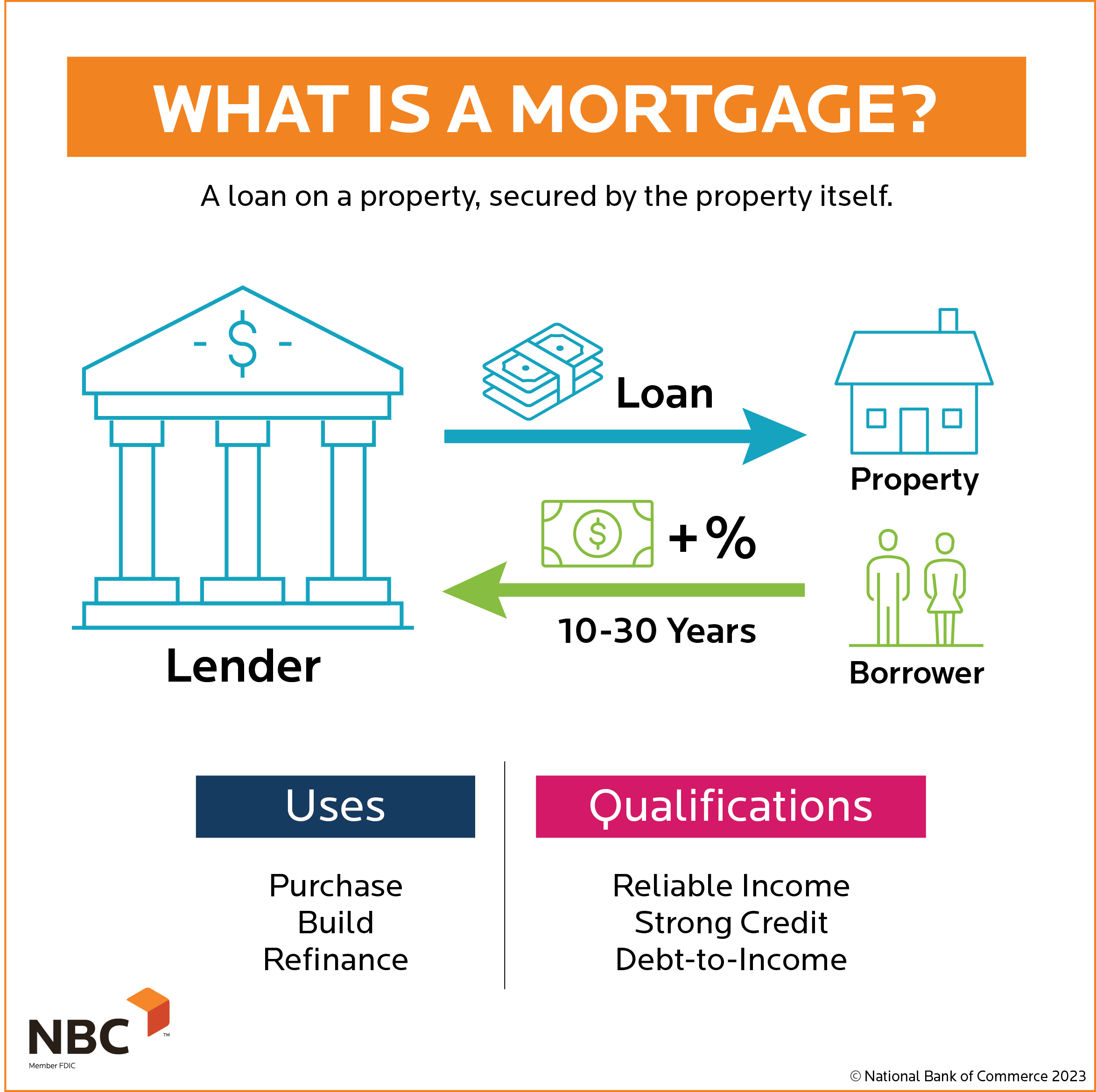Conventional Mortgage Loans: The Preferred Choice for Homebuyers
Conventional Mortgage Loans: The Preferred Choice for Homebuyers
Blog Article
The Important Aspects to Think About When Choosing Between Fixed-Rate and Adjustable-Rate Home Mortgage Lendings
When assessing home mortgage options, consumers encounter a critical choice between fixed-rate and adjustable-rate loans, each offering distinct benefits and possible risks. Secret factors to consider such as rate of interest price stability, predictability in regular monthly settlements, and the implications of potential price adjustments can considerably affect long-term monetary health.
Passion Rate Security
When choosing a mortgage, recognizing rate of interest security is important for informed decision-making. Rates of interest can dramatically affect the general price of a mortgage, and recognizing the nature of these rates is important for consumers. Fixed-rate home mortgages supply the advantage of constant regular monthly repayments over the life of the lending, shielding consumers from market changes. This security makes it possible for property owners to prepare their finances with higher assurance, as they will not be affected by increasing rates of interest.
On the other hand, adjustable-rate home loans (ARMs) begin with reduced initial rates that may transform periodically based on market problems. While this can lead to lower payments initially, it also introduces uncertainty, as consumers might encounter increased settlements if rate of interest rates rise. For those thinking about an ARM, it is vital to analyze the chance of rate changes, the capacity for repayment boosts, and the length of the preliminary fixed-rate duration.
Eventually, the choice between fixed-rate and adjustable-rate home mortgages rests on individual risk resistance and financial conditions. Comprehending rate of interest security aids debtors make informed decisions that align with their long-lasting financial goals.
Month-to-month Payment Predictability
While customers frequently focus on rate of interest security, the predictability of regular monthly settlements is equally vital in the mortgage option process (Conventional mortgage loans). Month-to-month settlement predictability plays an essential role in budgeting and economic planning, as it directly affects a home owner's cash money circulation and general financial health
Fixed-rate home mortgages offer a regular regular monthly settlement throughout the life of the finance, enabling consumers to anticipate and prepare their expenses properly. This security can be especially advantageous for newbie buyers or those on a set earnings, as it eliminates the uncertainty related to changing payments.
Conversely, adjustable-rate home loans (ARMs) typically include reduced preliminary settlements that can alter over time, resulting in potential irregularity in month-to-month commitments. While at first attractive, this changability can make complex monetary planning, particularly if consumers do not make up future rate changes.
Possible Price Adjustments
In the realm of variable-rate mortgages (ARMs), prospective price adjustments stand for a substantial variable that customers have to very carefully consider. Unlike fixed-rate home mortgages, where the passion price continues to be unchanged for the life of the lending, ARMs are identified by varying rate of interest that are linked to market indices. This variability can bring about considerable adjustments in monthly settlements, influencing the debtor's monetary planning and budgeting.
Normally, ARMs have an initial fixed-rate duration basics during which the rate of interest rate is secure. Hereafter period, nonetheless, the price adjusts at predetermined intervals-- frequently annually. Customers need to be conscious of the margin and index used to determine these modifications, as they directly influence future rate of interest. Additionally, ARMs usually include caps that limit exactly how much the rates of interest can increase at each adjustment and over the life of the car loan, which can provide some degree of security against extreme price walkings.
Comprehending these prospective changes is critical for consumers, as they directly affect lasting payment responsibilities. Examining individual financial scenarios and take the chance of tolerance is crucial when determining whether an ARM aligns with one's economic objectives.
Funding Term Considerations
Funding term factors to consider play a critical role in the decision-making process for borrowers selecting between adjustable-rate and fixed-rate home loans. The length of the lending term dramatically affects regular monthly repayments, rate of interest prices, and general monetary planning. Fixed-rate home mortgages normally use terms of 15 to thirty years, giving security in monthly settlements and predictability in budgeting. This can be particularly appealing for consumers that intend to stay in the same home lasting and prefer the assurance of set settlements throughout the life of the car loan.

Eventually, consumers should evaluate their personal circumstances, monetary objectives, and market conditions when considering the effects of funding term options within each mortgage kind.

Total Price of Borrowing
The read total price of loaning is a vital aspect that can significantly influence a borrower's option between fixed-rate and adjustable-rate home loans. Fixed-rate home mortgages use foreseeable regular monthly payments, as the passion price remains consistent throughout the finance term. This predictability can lead to lower total costs, particularly in a stable or declining rate of interest atmosphere. Borrowers can budget properly, knowing their payments will certainly not change.
Alternatively, variable-rate mortgages (ARMs) usually begin with reduced first rates, leading to decreased in advance costs. These prices can raise after an initial period, leading to potentially greater long-lasting prices. Borrowers must take into consideration the regularity and extent of rate changes, as well as the overall financing period, to properly examine the monetary ramifications.
Additionally, the general price of loaning encompasses not only rates of interest but also costs and other connected prices, such as closing costs and insurance coverage (Conventional mortgage loans). When reviewing mortgage options, debtors should conduct a detailed price evaluation over the life of the lending. By doing so, they can make an enlightened decision that straightens with their financial goals and take the chance of tolerance
Final Thought
Passion price stability and monthly payment predictability are vital for effective budgeting, while the possibility for price adjustments in ARMs presents financial uncertainty. Additionally, the awaited period of homeownership and the general cost of loaning, consisting of interest prices and associated fees, must align with private monetary conditions and risk tolerance.
Secret considerations such as interest price security, predictability in monthly settlements, and the implications of potential price adjustments can significantly impact lasting monetary health and wellness. Interest prices can significantly influence the total price of a home mortgage, and recognizing the nature of these prices is necessary for debtors. Unlike fixed-rate mortgages, where the interest price continues to be the same for the life of the loan, ARMs are characterized by rising and fall passion prices that are linked to market indices. Additionally, ARMs usually consist of caps that restrict how a lot the interest price can increase at each change and over the life of the financing, which can give some degree visit the website of security against radical price walks.
Rate of interest price stability and regular monthly settlement predictability are extremely important for efficient budgeting, while the potential for price adjustments in ARMs presents monetary unpredictability.
Report this page